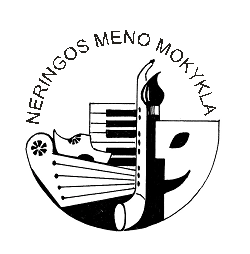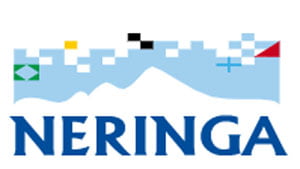Schwarzort Heritage & Arts
We are a non-profit organization that aims to develop cultural heritage nurturing and art activities in Kursiu nerija. We invite you to get acquainted with the history of the villa, Juodkrante, organized events and art residency.
Art residency
The art residency at villa “Loebel” (established by “Schwarzort Heritage & Arts”) is located in Juodkrantė, the Curonian Spit, Lithuania. Villa “Loebel” was built in year 1881 and fully restored in 2022.
Residency is open for artists of all art fields. At the villa “Loebel” artists can focus on their work in the environment of a nature friendly and peaceful small resort village in the Curonian Spit National Park. It is a perfect place to share their thoughts and experiences with colleagues, residing artists and local artists. The residence’s long-term activities are aimed at sustainable thinking and approach towards art and sustainable life practices at the residency. When hosting artists, we follow the principle of non-discrimination.
History of Villa “Loebel”
Villa “Loebel” (orig. Löbell) was built in 1881, among the first villas in the historic quarter of Juodkrantė. Villa “Loebel” belonged to Miss Cecilia Bein, the owner of the Variškės manor near Nemunas (Tilsit county). The facades of the first and second floors of the villa had a spacious gallery decorated with openwork, which gave the building an impression of lightness and spaciousness. The owners of Juodkrantė villas at that time sought to create an image of luxury attractive to summer vacationers.Miss Bein bequeathed the villa to the city of Tilsit to be used as a summer holiday residence for orphan childred. Therefore, this villa was often called simply “The Tilsit Children's Colony”. Every summer, over a hundred orphans from the city of Tilsit resided in the villa.
Coming events
Come to Juodkrante
Juodkrante beach
Liudwik Reza cultural center
L. Rezos g. 8B, Juodkrantė
Amber Bay in Juodkrante
Northen part of Juodkrante
Stone sculptures park "Earth and Water"
L. Rėzos g., pedestrians walk on promenade.
Lithuanian national museum of art - Museum of Miniature Arts
L. Rėzos g. 3, Juodkrantė
Evangelical Lutheran Church of Juodkrantė
L. Rėzos g. 56, Juodkrantė
The Lighthouse of Juodkrantė
Herons and Cormorants Colony
2.8 km from the center of Juodkrantė towards Nida
Wood sculptures of the "Hill of Witches" in Juodkrantė
The Hill of Withes
Cognitive-Dendrology Path in Juodkrante
History Juodkrante
Events photo gallery
Our partners









